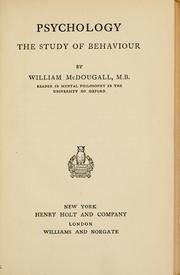
Photo from academic.microsoft.com
There seems to be a broad consensus among today's parents that early exposure to digital media is less enriching than real-life experiences (Wooldridge, 2016). While this concern may rightly apply… Click to show full abstract
There seems to be a broad consensus among today's parents that early exposure to digital media is less enriching than real-life experiences (Wooldridge, 2016). While this concern may rightly apply to traditional media such as television, new interactive devices (e.g., smartphones and tablets), on the contrary, are often marketed as supplemental learning tools for children (Kirkorian et al. recently pointed out that research on the impact of interactive devices on children's cognition cannot keep up with the pace of technological advances. The most recent guidelines on recommended screen time were updated before the first tablets even made their way onto the market (Christakis, 2014). Supplementing Radesky et al. (2015), this commentary aims to clarify the influence of modern touchscreen devices on children's cognitive development from the perspective of embodied cognition. Embodied cognition highlights that the development of cognitive processes crucially depends on active interactions between one's body and the environment (Barsalou, 1999; Thelen et al., 2001). These sensorimotor interactions are thought to form the basis for many high-level processes such as object recognition and decision-making (Smith, 2005; Rivière and David, 2013). Importantly, children in early developmental stages seem to build up fewer associations from interactions when merely observing an action being executed instead of performing it (Smith, 2005). Modern interactive devices address this concern in that they allow for active bodily interactions via touchscreens (Black et al., 2012; Christakis, 2014). Radesky et al. (2015) note that research has been sparse on whether children can actually benefit from touchscreen use. However, recent studies indicate that children can transfer acquired knowledge from touchscreen interfaces to physical objects. Wang et al. (2016) compared the effectiveness of teaching children clock reading using an iPad touchscreen app, a toy clock, or a paper drawing. The researchers found that children learned equally well from interactive media and traditional toys, with both conditions outperforming the paper drawing group. Importantly, children were able to transfer learned skills from touchscreens to physical objects. The same has been found in a study teaching children how to solve the Tower of Hanoi problem (Huber et al., 2016). In sum, the typical transfer deficit observed with traditional media seems to be absent when children are actively engaged with devices via touchscreens (Strasburger, 2015; Huber et al., 2016). However, going beyond Radesky et al. (2015), simple swiping and tapping motions on touchscreens seem impoverished compared to the complex hand movements that facilitate Galetzka …
Journal Title: Frontiers in Psychology
Year Published: 2017
Link to full text (if available)
Share on Social Media: Sign Up to like & get
recommendations!